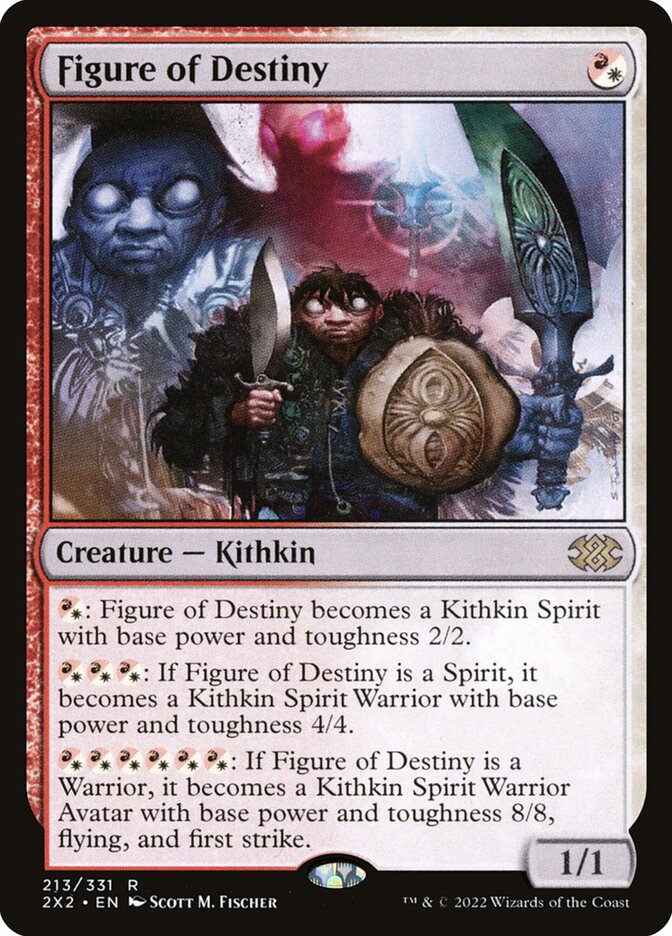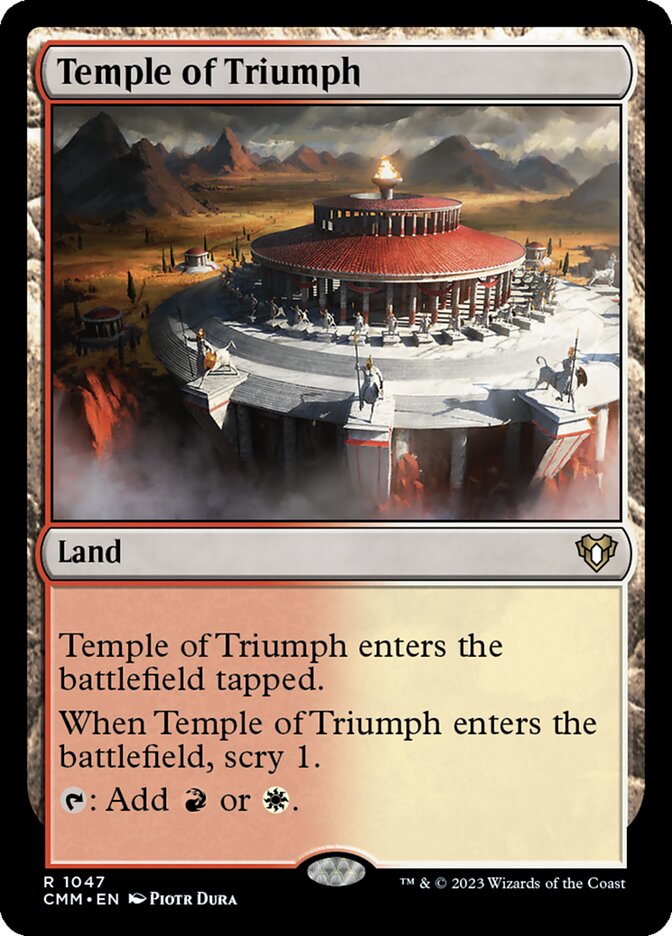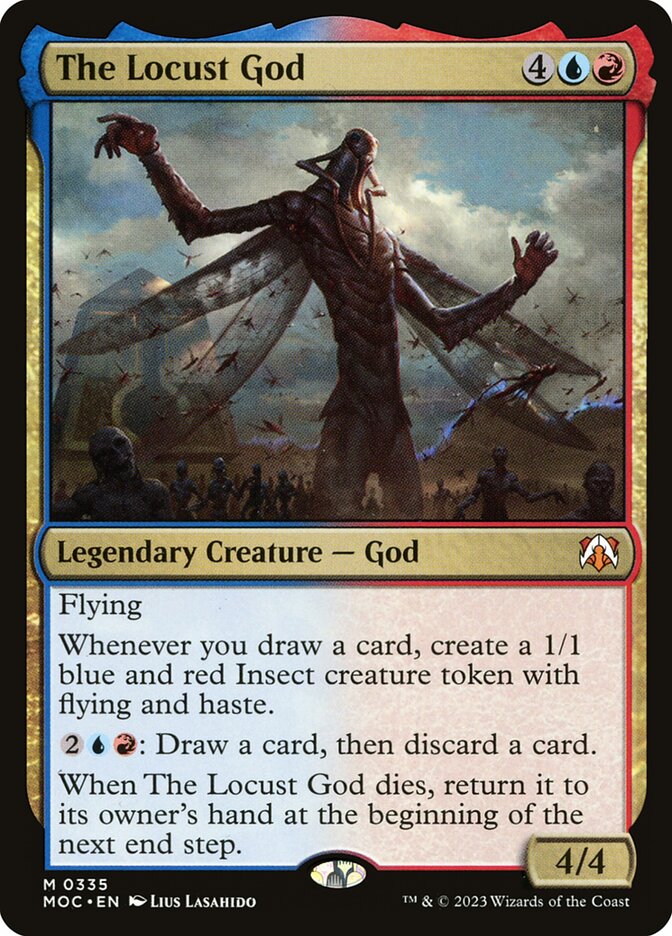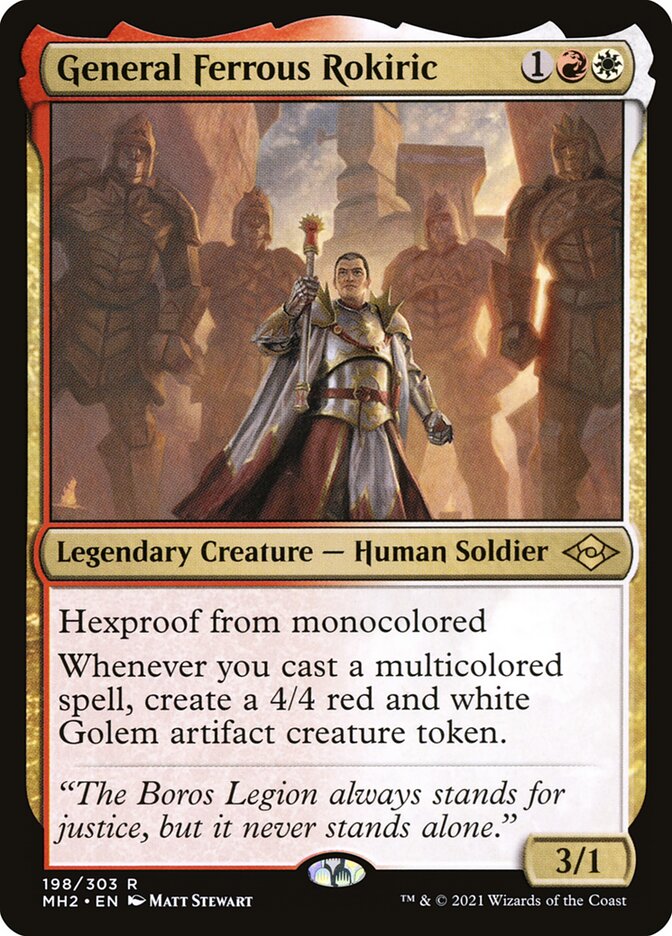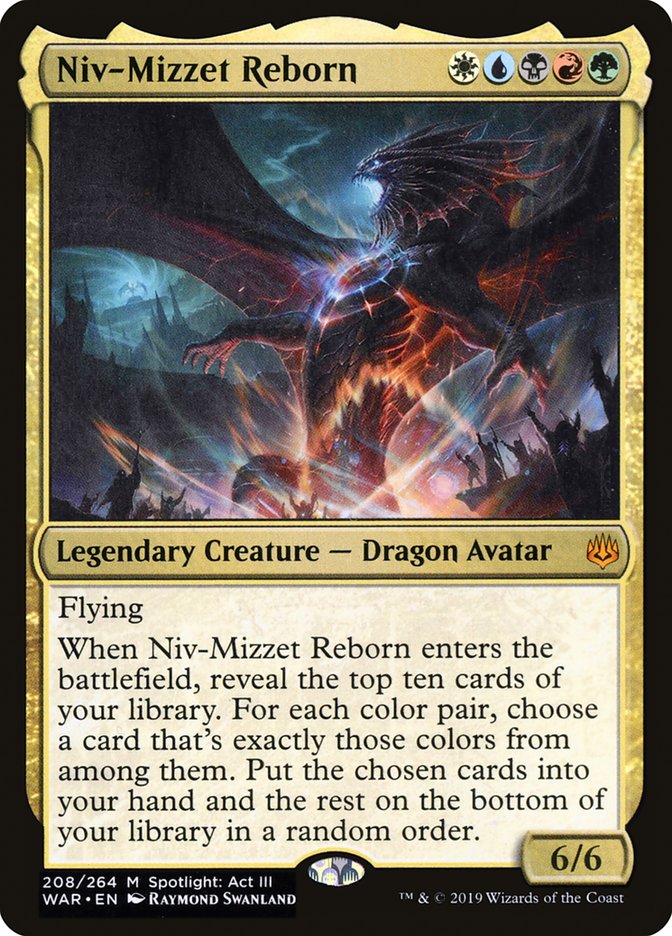Prior to the home made cube project that has consumed all my magic energy since the spring, this was the project I was working on. As with most other magic things since then I have not really touched it. It exists as the penultimate in a long strong of projects aimed at rekindling the joy of magic and finding a creative outlet. Mostly these have been novel ways of constructing cubes, combo cubes, gold cubes, budgets cubes, that sort of thing, including of course the homemade cube project! This nostalgia project however is one of the only ones not directly cube focused, only being cube adjacent. For those not familiar with the first time I did this it is simply a set of deck lists in the style of cube decks (40 card singleton) that are paying tribute to a specific, and thus far old, time period. It is essentially my equivalent of the old school format. Here is a link to the original article, complete with what prompted the project and the first decks I made for it.
https://mtgcube.blogspot.com/2022/10/1996-nostaligia.html
The builds in this so called 1998 version are somewhat dotted over the following three or so years from the 1996 period I celebrated last time, finishing in Urza's block. Broadly they are still based upon decks released in the gold bordered worlds precon decks, or at least a selection of the more interesting, distinct, and portable to singleton ones. They are the 2nd generation in the evolution of competitive decks, they start to have focus and be classifiable into our current vernacular of control, aggro etc, unlike the first batch which were all just piles of cards! So many of these are the progenitors of core archetypes we still use and play today. Any long time readers of the blog will see that this is where my pining for Stompy comes from, it is the only deck in this set of 8 that has never really had a line of succession. Like, sure, there have been periods when white weenie is not a good archetype to play in any format, but that is a meta thing, it is always back at some point. Stompy however seems to have been more of an anomaly at this time and has fundamentally struggled since. There is so much nostalgia here I am getting side tracked in the introduction....
These lists are not the finished article or anything. There are plenty of ways to be building these decks both in terms of power level and aesthetic. You could also go tighter on the period from which cards were taken from. Further to that I am still in the process of collecting cards for these decks and so some are missing things or have an incorrect version. I simply figured I would never get this out if I didn't write it when enthusiasm was still high. It is not like I am picking up cards for these decks with any real urgency or significant budget! That latter aspect has resulted in the purchase of many non-English language cards. Normally I avoid this as it really reduces accessibility to the cube but in the case of these old decks most people know the cards, they are simpler to remember, the English wording on old stuff is often less than helpful anyway, they are much more a thing to look at than to play with, and those who are unlikely to know what these cards already do are not the sort of people I would bust these decks out for expecting them to get that enjoyable nostalgia hit with. It also means we get some really good names for some classic old cards to nicely liven things up. As I suspect the pictures do not allow for actual reading of the cards I will offer some of the best; Rengenbogen Ifreet, Disco di Nevyniraal, and Killer Beenen! They are fun things to say. I find the german cards to be particularly onomatopoeic and roll of the tongue well. Being me I have also obviously tried to give a basic land suite appropriate for the era. And with that let us look at the decks themselves.
Survival Rock
This deck looks like a midrange deck and is likely remembered as one but in actuality it was closer to both combo and control, at least for the time period. Certainly it plays a lot more like current midrange decks, a lot due to being one of the first "creatures as spells" sort of builds. This was how it generated value but given how poor dorks were back in the day it was not much value and all very slow making this one hell of a grindy deck. A lot of mana ramp is used to compensate but this also reduces power level further. This list is actually much closer to extended rock decks than it is sthe uccessful standard Survival decks of the time. The worlds list was a four colour mess I had no intention of trying to copy in singleton. Given that this archetype had the most range of any of the archetypes on how I built it I was happy to streamline it and play just black green. If I were building this differently I would either lean away from the combo and remove the two big dorks or into the combo and play Duress, Buried Alive, Pattern of Rebirth, Phyrexian Ghoul, and Living Death. Playing it really highlighted some quirks of the era. In one game against the blue white deck we had to do a mid-game "sideboard" swapping in an answer to Volrath's Stronghold upon drawing it and realizing it was completely unbeatable. It just represented infinite value due to how slow the games were. For reference, earlier that game a 6 mana 1/1 flying Bone Shredder was deployed purely to apply pressure!

Big Red
When I was a teen I had the gold bordered version of this deck that Kai Budde piloted to success, and it was a joy to play. Absolutely I played it on the kitchen table and without sleeves. I dread to think of the value I personally removed from it and the full set of Monoliths, Tombs, and City of Traitors it contained! If Magic decks were vehicles this was some kind of muscle car, a juicy old Mustang Shelby or something. It purred along at great pace and did disgusting powerful things. This singleton iteration manages to capture the deck quite well both aesthetically and in how it plays. In my haste I forgot to put in Wastelands and Phyrexian Processor, the latter of which a fairly key component in the original. Another missing key card from the deck is Covetous Dragon who always felt like the poster-boy for the build, the red artifact theme dragon that was very efficiently costed. This is really a big mana deck and plays a lot like modern Tron decks. It has somewhat more build options that a lot of the other decks I built for this project. Being artifact themed is what does this, there was a lot of power to be milked from artifacts around this time, especially if you were packing big mana effects and synergies like Goblin Welder.

Draw Go
Much as lists like this are some of the most nostalgia inducing it is rather a wonder how they ever won anything. This list seems to get bodied by everything else here. It is slow with relatively few answers to specific things. I think it might be one of those things where by these decks were good at beating bad people and bad decks and back then we were all bad! The slightly less bad could prey on the awful and make this kind of sorry excuse for a control deck look good and gain a reputation. Even if this list were ever capable of stabilizing I fear it would then fail to win in time due to low power and density of threats. I should jam a few more manlands in the list but it isn't going to do enough. The millstone plan of the 1996 lists is a lot more legit, however that last list was mostly doing better than this one thanks to the competition it faced. The 1996 decks were not good! They are the sort of thing a wise control player can prey upon. In the few years following blue draw-go control decks gained little while other strategies gained lots. In very few games this was borne out quite clearly in these tribute games.

Sleigh
It is still quite remarkable how thin on the ground it was for low cost dorks of any sensibly efficiency around this time period in Magic. I was really close to getting me some Ironclaw Orcs... In order to sensibly fill out a 40 card singleton list I had to really stretch the cards used and thus this doesn't really resemble any of the various red aggressive decks of those era. I would say that the first red deck "Sleigh" was first to understand and abuse the concept of mana curve. Like a Zerg rush, you are not necessarily trying to be more powerful than the opponent, just faster while powerful enough to get over the line before said opponent is really up and online. As we moved from Sleigh to Ponza the focus shifted a little towards low economy games and mana denial. If your deck is full of cheap cards you can deploy them and then spend some time attacking mana bases and thus get a lot more mileage out of your cheaper cards. Lastly in the evolution of red aggressive decks from this era we have the more RDW notion of inevitability. You are cheap but you have reach and redundancy. So long as they don't kill you then eventually you will kill them. This list pictured below is a mix of all three elements. Everything is damage focused and with a low cost focus. There is a smattering of the more freely included mana disruption as well as a selection of ongoing or repeatable damage sources that scale well with this disruption and provide for that inevitability alongside the burn. Despite relatively few good low end card options there is still plenty of ways to play around with this, making it as low to the ground as possible. Making it more burn, or more creature focused. Packing the likes of Stone Rain and Pillage and trying to go full Ponza, that sort of thing.

Stompy
This is one of my favourites. In part is it seems so pure, like, what you are supposed to do in Magic - make dorks and attack with them for the win. Also I think because this is the elusive list that didn't go on to becomes an all time staple as I mentioned at the start. Forests are my favourite IRL land and green stuff just looks great. Plains may typically wind up looking nicer than Forests when it comes to land art but Forests are still delightful and in combination with green cards it is hard to be anything other than delightful. Mirage happens to be one of my absolute favourite blocks in terms of art style and so this deck is really the nexus of where my favourite border, time period, set, and colour meet. The flavour is spot on too, elves, cats, dogs, birds, insects (back then we got to enjoy bees and swarms rather than getting all biologically accurate with our type nomenclature), centaur, monkeys, treefolk, trolls, snakes, and of course, bears. When this deck comes out it comes out very impressively and looks utterly unbeatable. This deck can really get stats on the board and that'll beat most decks without strong mass removal. This deck is the least interactive of all the lists with a couple of pump spells to ensure combat is always on your side, the two creatures that are so above the curve you have to play them, and that happen to disrupt, and the mana denial artifact that works so well with mana dorks and Cradle that it seemed wrong to leave out. I think Stompy is the perfect name for this list, that is exactly what it does. High statted, often trampling dorks, stomping on your face. Rogue Elephant feels like the most "stompy" of all the creatures and I left it out of this list, just not a good magic card. When you have just the one copy of Harvest Wurm on offer those synergies are not cutting it and your cards are risky and underpowerd. It is obviously wrong not playing Cursed Scroll in a list with so much mana and so little removal and reach but then the same cards in all the decks gets a little waring, tedious too when you have just the one copy! Proxies rather ruin the vibe of this experience and so I was opting for sub par decks instead! I felt like I should also be playing the original Tarmogoyf - Ernham Djinn. Sadly even these couple of years on from 1996 the card had been power crept out of things. Another thing I loved about this kind of deck was the raw power of Cradle, which felt fair at the time. Tolarian Academy never felt fair and it never has been. Being forced into playing with creatures and their low power and high vulnerability made Cradle relatively contained for a surprisingly long time. This deck is calming and fun to just goldfish. That is likely the best thing to do with it. The games it gives are fine but they are usually over quickly one way or another, being quite one sided, and offering relatively little choices or interaction. This deck feels very green. I can clearly see where my inspiration for green card design has come from!

UR Tempo
Tempo is the awkward offspring of aggro and control. Midrange is named in such a way to give the impression that it is the midpoint between aggro and control and in some capacities it is. Midrange tends to sit between aggro and midrange in terms of both threats and answers but midrange is defined more by it's lack of specific plan or direction, or position in a meta. It is generally looking to overpower players by having the most power per mana and the most generally useful cards. Aggro decks have a lot of low powered cards and control decks have a lot of cards that are reactive and thus don't always do something. Midrange decks avoid these problems. Tempo decks on the other hand keep the lower powered cheaper threats of the aggro decks and the more situational reactive spells of the control decks. They deploy stuff to go under but then rather than rushing down from that point they try and control the game such that those threats do more work. Tempo decks are typically a lot less powerful than midrange decks, and a lot more fragile. The trade off is that you get rather more control over the game. You get to dictate things a bit more and can outplay people as if a control deck can while also getting some of those free wins against opponents that stumble off the blocks. This is the first example of a tempo deck I have found putting out results in Magic's history. Despite looking like a janky pile of disparate and weak cards it manages to show incredible understanding of the game well ahead of its time. No disrespect to Sleigh and the abuse of mana curve but it is a fairly basic aspect of magic game theory and would have been uncovered very quickly by someone. The notion of a tempo deck is a lot more nuanced and complicated. It is still not really well understood by the whole community a quarter century later. I do think quite enough credit is given to Janosch Kuhn for his 1997 worlds top 8 "speed control" and Paul McCabe's "agro control" deck. I do not know who was the first to design a tempo deck but theses guys seems the first to have understood and played it well enough to post big results and major events. Even more impressive given there is nothing cheap you could really call a threat, thus further hiding the tempo archetypes plan!

Academy (unchanged)
We had a little picture of this one in the last article. Unchanged since then and still just as abusive. This was the first properly broken deck that put many off the game. It is still broken now and comfortably beats a lot of archetypes from a lot of formats. Absolutely it rubs its dick in the face of all the other decks here. Basically it has to misfire and lose rather than other decks really being capable of beating it when both running as intended. I had to stretch the cantrip and artifact mana a bit at the low end because of the singleton but it didn't seem to hurt the deck that much. When you have that much raw power at your fingertips a few less Grim Monolith / Academy and a few more Sky Diamond didn't seem to be holding it back or bringing it into contention. The utilitarian way to play decks like this is the goldfish, just as fun for you racing that turn clock, without being an exercise in tedium for someone else. This was the first time that over powered cards had lined up so well as to have synergy as well. Previously over powered cards were not that much of a problem because they were more isolated. Random variation and all having access to them evened it out. With this Academy list it was all just stupidly streamlined. Draw cards, make mana, win. The ease this archetype can win when it doesn't even see Academy is foolish. And it has so much dig and draw that you almost always see it. The only reason I know this is because I win so often on the same turn I find the Academy but had already made my land drop for that turn. Considering how small the card pool is for this list, and that it is a mono coloured, singleton, combo deck. It is unreal how consistent it is. And how quick. And yes, to any who haven't, or wont be looking at the list too hard, the win condition is aiming a draw X spell at your opponent. And no, there are no infinite mana combos in this list, just a whole lot of capacity to generate mana.

White Weenie
This just oozes flavour, knights, angels, some soldiers, a cleric and a lion. It was as if this deck was submitted by C. S. Lewis himself. If Sleigh is to be credited with being the first deck to realize the mana curve white weenie is arguably the first realization of the "go wide" strategy. There was not much in the way of tokens back in the day but there were plenty of cheap under powered dorks and the odd Anthem you could stick with them. Having the best aggressive one drop in the game for over a decade also rather helps your cause. Equally the few great white spells like Disenchant, Swords to Plowshares, and Land Tax helped to up the power level. All nicely rounded off with your expected "right, no more magic playing today" cards that are to be found in basically all the decks of this era. Having anything in play and casting an Armageddon had been winning games since long before white weenie but it did rather neatly slot into this more focused strategy. I remember when it was considered that white weenie decks often had the inevitability due to being able to pull all of the basic lands out of their deck fairly reliably with Land Tax, thus ensuring they would draw action every turn. Some reasonable logic in the day but the idea of playing a 2/2 or something every turn and winning with that now is laughable. Sure, have all the lands you want too! Not going to help much. This list is basically every playable dork costing two or less printed in white in the first five years of magic. Put with that all the Anthems, few generically good white cards and disruption, and hey presto, a deck.

The 1996 Stuff
Black felt under represented here in the 1998 time period and so here is this lovely Necropotence deck again, despite it being a couple of years prior to the era represented in this post. The list still with a stanky new-bordered Sinkhole but otherwise an aesthetic delight. Much as it is a famed deck of the era it doesn't match up all that well against anything. Like the blue white control decks, that situation didn't improve over the following couple of years! That however doesn't stop it being a whole lot of fun clearing the board with a Disk, flopping out a turn one Hippy, or drawing upto seven cards every turn! With decks as pleasing as these you do not need to be winning to be having a good time.

While playing with these cards is a great laugh it is also comical. Comically bad, and random, and clueless. It is more unlike Magic that playing Unfinity was recently, and yet it is Magic, it is how the game started out and so has far more right to call itself "proper magic" or whatever. It looks and feels so different, and without those rose tinted googles and awe it would likely be a bad experience. Certainly compared to the modern game. Sure we don't have these clean, simple, iconic, and lovely cards now. But we have better things like well designed cards and consistency in the games. Quality of life changes that really improve on this great game. So, much as I very much enjoyed this trip to the past, I am also very grateful that it is the past. I may miss much of these older cards and I might complain a lot about plenty Wizards are doing over the last couple of years, but there is no denying that the quality of games has improved drastically.
